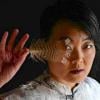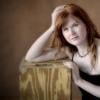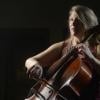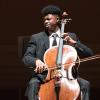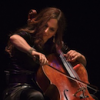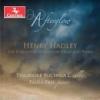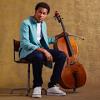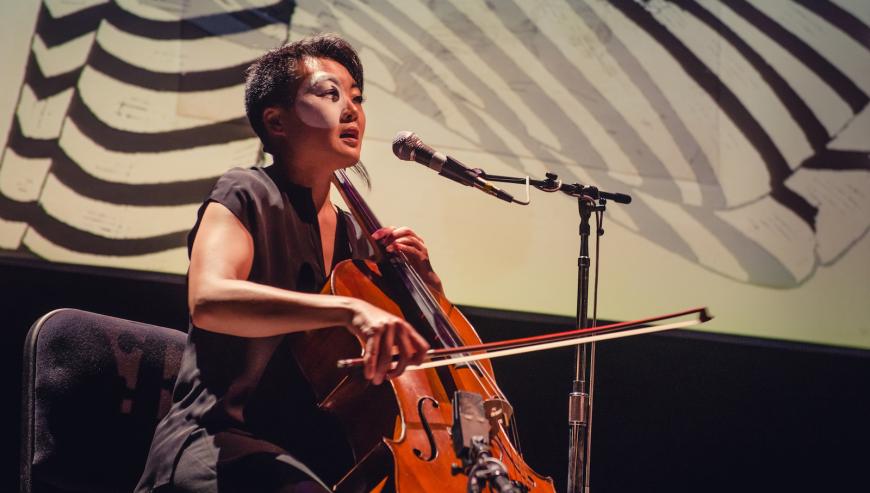
Before Theresa Wong was an experimental composer, cellist, and vocalist, she was a designer.
Born in Schenectady, New York, to first-generation Guangzhou and Hong Kong immigrants, Wong spent her formative years studying classical piano and cello and even seriously considered attending a conservatory to become a classical pianist.
But even then, there was a part of her that knew a traditional career in classical music wasn’t for her. (She hadn’t yet been exposed to the world of creative contemporary music.)
Instead, Wong went to Stanford to pursue a career in design, which eventually took her to a fellowship in Italy. There, she fell in love with experimental music and conceptual art. “Those two worlds just blew my mind open,” Wong says. “The possibility of being an artist felt really strong there. I thought, ‘Well, this is really what I’m meant to do.’ That’s when I realized I could do music and I could do it in a creative way.”
Music brought Wong back to the Bay Area, and she received a master’s degree from Mills College and soon settled into the identity of being a composer, performer, and artist. Nowadays, Wong, 46, lives in Berkeley with her spouse, fellow composer and longtime collaborator Ellen Fullman, who invented the Long String Instrument.
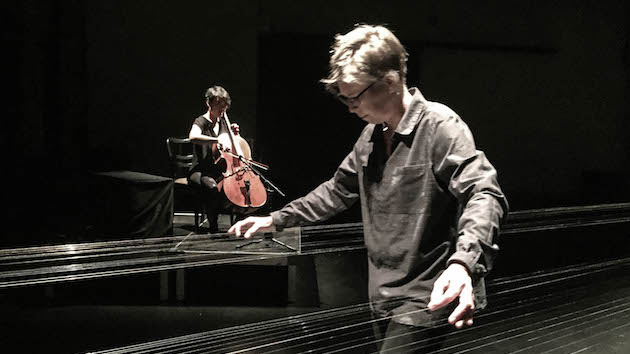
“We’ve worked together for many years, but more recently have gone deeper into the composition process together,” Wong says. “I’ve learned a lot about the tuning world of just intonation.”
Just intonation, she explains, is an alternative system of tuning that’s different from the 12-tone, equal temperament most often found in classical music. So, she explains, rather than playing what would be a perfect fifth on a piano, the interval is slightly wider. It’s supposed to be more mathematically pure, and she hopes it’ll make listeners come away with a greater sense of wellbeing.
“Harmony, to me, is the relationship between two pitches. It starts there,” Wong says. “It’s, in a way, a metaphor for the way that we relate to each other.”
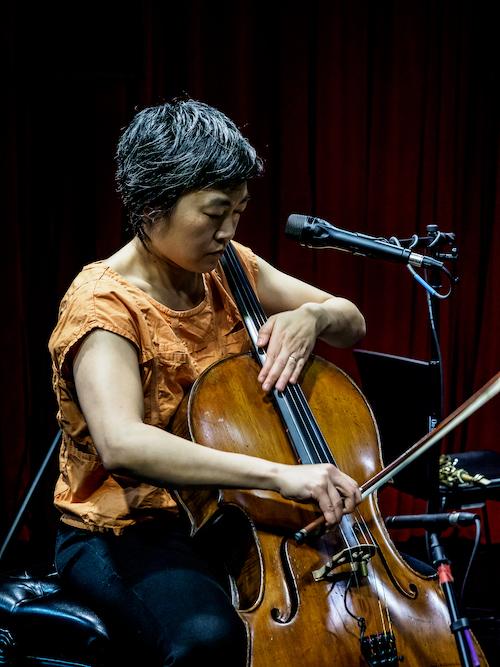
During our interview, she speaks softly, clearly, and with intent, occasionally pausing to choose her words. She’s a great explainer, and gives me a very brief crash course on musical temperament. To no one’s surprise, she’s also a teacher; Wong teaches a music class at the East Bay German International School in Emeryville, as well as private cello and piano students.
Wong will soon add to her extensive list of collaborations with Bay Area ensembles and arts spaces — including the San Francisco Girls Chorus, San Francisco Conservatory of Music, BAMPFA, Center for New Music, and Del Sol String Quartet — and become the Asian Art Museum’s inaugural Sound/scapes performer, a role that seems almost tailor-made for her, a Bay Area-based, Chinese American artist immersed in the both the worlds of experimental audio and visual media.
“Theresa is recognized for her evocative, immersive, but accessible, style,” says Janet Oh, assistant curator of contemporary art and programs at the museum and the organizer of Sound/scapes. “She is an ideal artist to introduce the Sound/scapes program to our audiences — her boundary-breaking curiosity, imagination, and ability to draw parallels between visual art and performance show how even our oldest artworks can inspire new ways of thinking.”
This summer, Wong plans to give three unique, hour-long performances at the Asian Art Museum, each developed as an interpretation of artwork within its collections. The performances are free to attend with museum admission.
The first performance, on June 16, is based on visual artist Carlos Villa’s Painted Cloak. Villa’s work is a source of inspiration for Wong, largely because of his struggles with finding his own way as a Filipino American artist at a time when the art world was largely dominated by white men. Once upon a time, in art school, Villa was told there was “no such thing” as Filipino American art, Wong tells me. Villa sought to challenge those notions, and in his work drew from various ancient cultures — not only those that influenced Filipino traditional culture, but other world cultures too — and blended them into his modern art practice. It’s something Wong strives to achieve in her music.
Less than a month later, Wong will perform an entirely different program on July 14 inspired by the museum’s extensive collection of statues of the Bodhisattva Avalokiteshvara, also known in Chinese as Guanyin. The deity of compassion transcends cultures — with versions from Tibet, Japan, India, and China — and, interestingly, genders.
Wong’s interest in the bodhisattva also stems from her familiarity with them growing up. In Chinese mythology, she says, Guanyin’s name translates to the “one who hears all the sounds of the world.” She sees parallels between that and the job of a composer.
For the last performance of the series on August 18, Wong will be joined by koto player Kanoko Nishi-Smith for a set exploring the connections between an artist’s brushstrokes and the gesture of making sound on a string instrument. The performance, inspired by Uragami Gyokudo’s painting, Secluded Rivers, Rocks and Streams, will feature Wong on electric guitar, in addition to cello and voice.
For Wong, sound is a source of wonder: “I find inspiration in so many things, and really simply in sound itself,” she says, “and the power of sound is that it can bring us to different states and different feelings of transformation.”
Wong hopes these performances will serve as an opportunity for audiences to reflect on where we all come from.
“It’s a personal exploration of art that’s connected to my family’s cultural history,” Wong says. “Looking at this artwork and interpreting it in my own way is helping me to see the connections of all the different cultures that we come from, rather than feeling that what’s so often reflected feels like a monoculture.”


